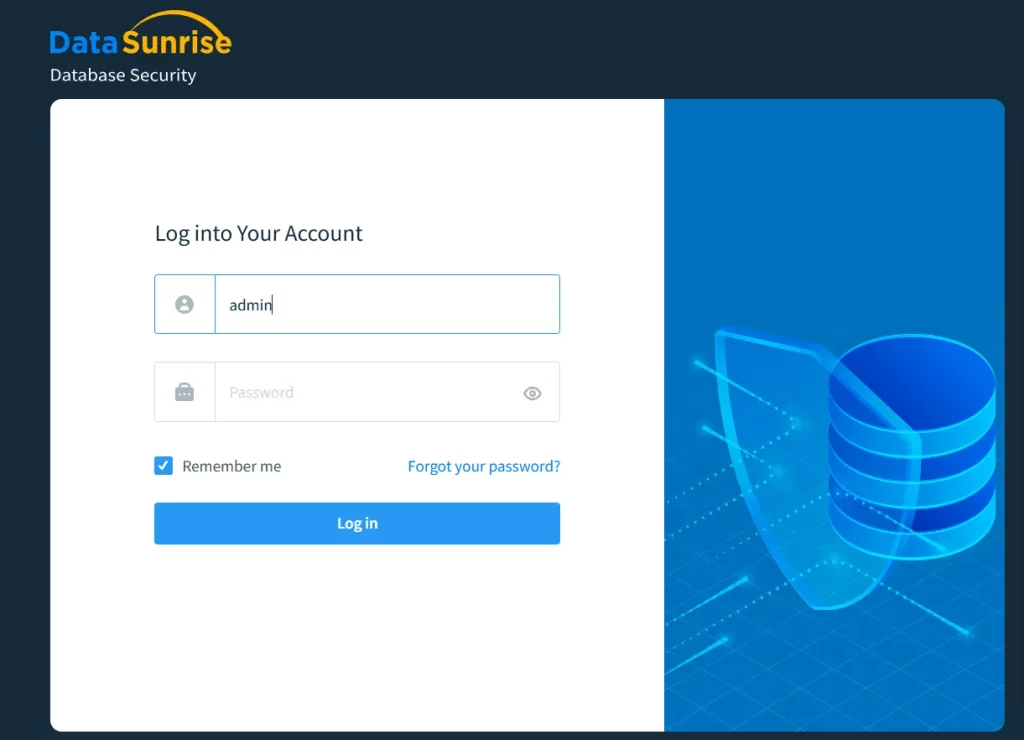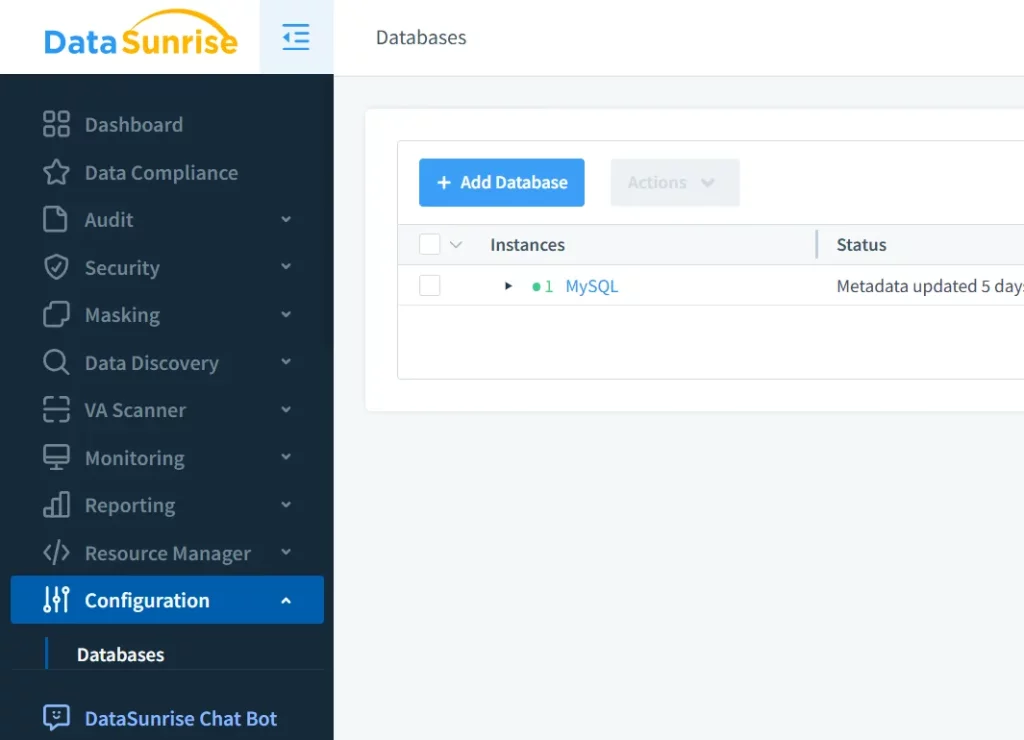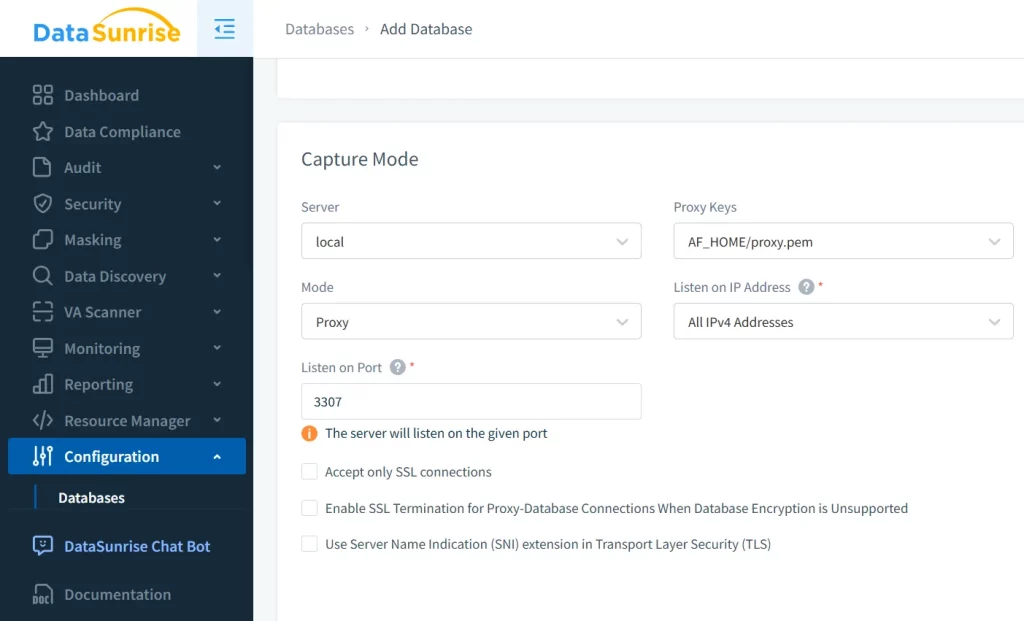How to Automate Data Compliance for MySQL
Introduction: Why MySQL Needs Compliance
Security and compliance go hand in hand. In 2023, IBM reported the average cost of a data breach was $4.45 million. That number keeps rising. MySQL is widely used in finance, healthcare, and e-commerce—industries where data protection isn’t optional.
Regulations like GDPR, HIPAA, PCI DSS, and SOX require organizations to control access, monitor changes, and encrypt data. But doing this manually at scale isn’t sustainable. That’s where automation makes the difference.
Understanding Compliance Standards
Let’s look at what each major regulation expects from your MySQL environment:
- GDPR: Requires encryption, access controls, and full visibility into who accessed personal data.
- HIPAA: Requires strict logging and audit trails for protected health information (PHI).
- PCI DSS: Demands masking of cardholder data, encryption, and authentication.
- SOX: Requires controls over financial data changes and robust audit logs.
While the details vary, they all require a consistent compliance posture backed by automation.
Securing MySQL with Built-In Features
1. Limit Access with Roles
You can use MySQL’s Role-Based Access Control (RBAC) to restrict access. Learn more.
CREATE ROLE readonly_auditor; GRANT SELECT ON accounting_db.* TO readonly_auditor; GRANT readonly_auditor TO 'mark'@'localhost'; SET DEFAULT ROLE readonly_auditor FOR 'mark'@'localhost';
This gives the user only what they need—nothing more.
2. Log Queries Automatically
Enable the general log to capture every SQL query. MySQL query logging docs.
SET GLOBAL general_log = 'ON'; SET GLOBAL log_output = 'TABLE';
To confirm it’s active:
SHOW VARIABLES LIKE 'general_log%';
You can later query mysql.general_log for records.
3. Use Binary Logs to Track Changes
Binary logs record data changes and are key to audit history. Binary log reference.
mysqlbinlog --start-datetime="2025-03-01 00:00:00" \ --stop-datetime="2025-03-31 23:59:59" \ /var/lib/mysql/binlog.000002
They help restore data or prove what changed and when.
4. Encrypt Sensitive Data
MySQL supports Transparent Data Encryption (TDE) for data at rest. Encryption documentation.
ALTER TABLE employees ENCRYPTION='Y';
And SSL/TLS for encryption in transit can be enabled in the server configuration. SSL/TLS guide.
DIY Auditing with Triggers and Enterprise Tools
SQL-Based Auditing Example
You can simulate audit logging in the Community Edition using triggers. Trigger documentation.
CREATE TABLE audit_activity (
id INT PRIMARY KEY AUTO_INCREMENT,
username VARCHAR(100),
action VARCHAR(50),
before_state TEXT,
after_state TEXT,
event_time TIMESTAMP DEFAULT CURRENT_TIMESTAMP
);
CREATE TRIGGER before_customer_update
BEFORE UPDATE ON customers
FOR EACH ROW
INSERT INTO audit_activity (username, action, before_state, after_state)
VALUES (CURRENT_USER(), 'UPDATE',
CONCAT('Old Email: ', OLD.email),
CONCAT('New Email: ', NEW.email));
This manually creates an audit trail of changes to sensitive tables.
Enterprise Plugin Option
If you’re using MySQL Enterprise Edition, enable full access logs. MySQL Audit Plugin.
INSTALL PLUGIN audit_log SONAME 'audit_log.so'; SET GLOBAL audit_log_policy = 'ALL';
Logs will be stored in XML format and include user logins, queries, and changes.
DataSunrise: Full Automation for MySQL Compliance
While MySQL offers a strong base, it lacks intelligent controls and centralized policy automation. DataSunrise solves that with real-time visibility and zero-touch governance.
How to Set Up MySQL with DataSunrise
Here’s how to connect your MySQL database:
1. Login to the Web UI

2. Add a New Database

3. Select MySQL and Connect

Once added, your instance is monitored under a unified dashboard.
Automating Masking with No-Code Rules
Use the masking module to hide sensitive data dynamically:
| id | name | |
|---|---|---|
| 1 | Jane Doe | jan*@*.com |
| 2 | Tom Mason | tom*@*.com |
Untrusted users see masked outputs instantly. You can adjust logic for columns, roles, or connection sources—without writing code.
Centralized Audit Controls
From one interface, you can:
- Apply audit policies across all databases.
- Get real-time alerts via Slack or Teams.
- Use machine learning to detect behavioral anomalies.
DataSunrise can track both expected and suspicious patterns—like someone running DELETEs after hours.
Why Choose DataSunrise for Autonomous Compliance in MySQL
DataSunrise enables:
- No-Code Policy Automation
- Auto-Discovery & Classification
- Cross-Platform Integration
- UEBA + Threat Detection
- Deployment Without Disruption
Define masking and auditing rules without scripting.
Identify sensitive fields—even inside blobs or documents.
Works with MySQL, PostgreSQL, MongoDB, and cloud storage.
Spot abnormal behavior using built-in UEBA monitoring.
Choose sniffer, proxy, or native log trailing modes for minimal impact.
These capabilities reduce human error and ensure real-time regulatory alignment with GDPR, HIPAA, PCI DSS, and SOX.
Conclusion
Manual compliance workflows don’t scale. MySQL offers a foundation—roles, logs, encryption—but you need automation to manage risk across environments.
DataSunrise transforms compliance from a checklist to a smart, adaptive system. It detects issues, enforces rules, and gives you a full audit trail—all in real time.
Visit DataSunrise to learn more, or book an online demo to see it in action.
